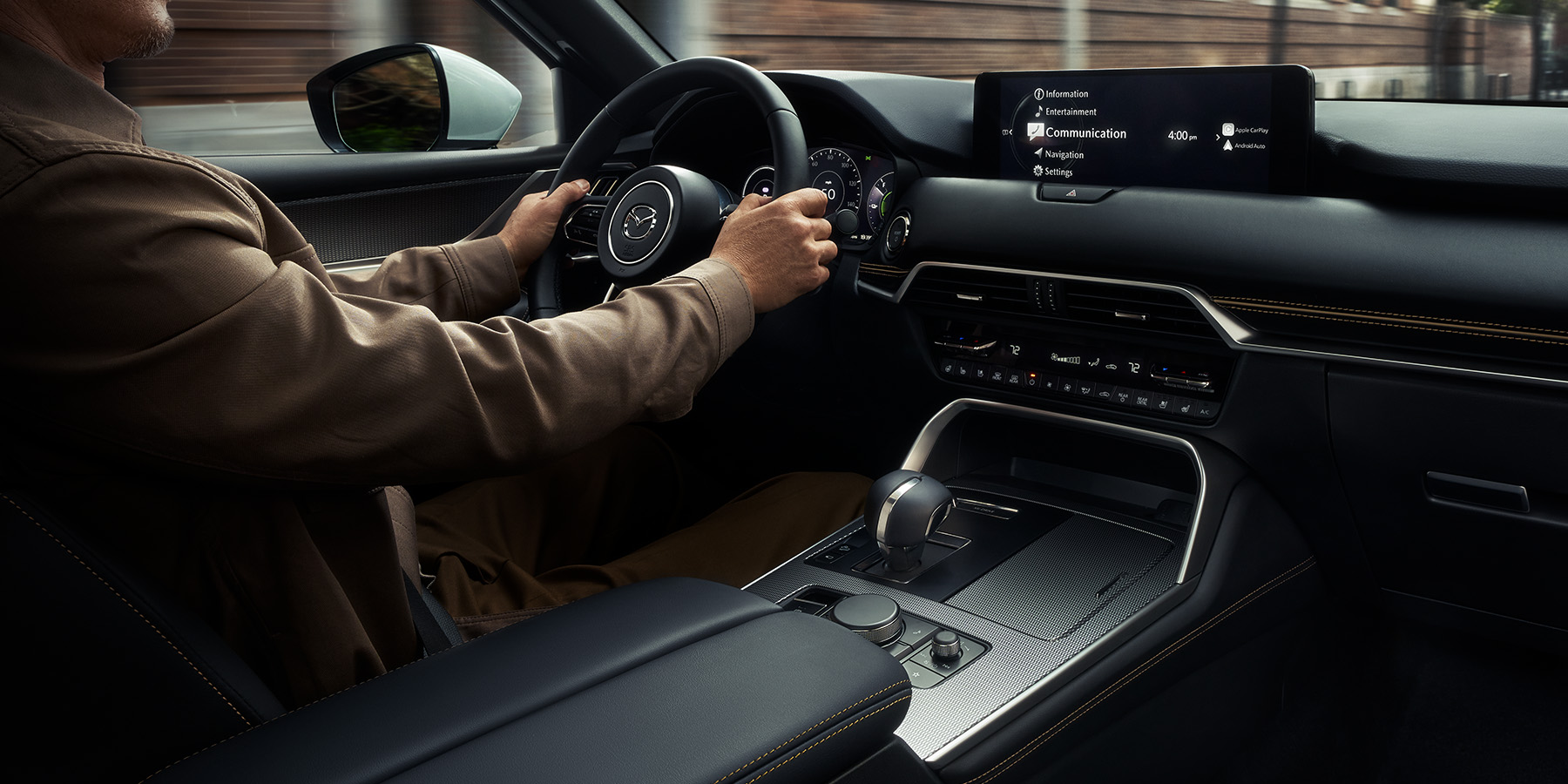
Smartphone integration in vehicles, particularly through platforms like Apple CarPlay and Android Auto, has transformed the driving experience by seamlessly connecting smartphones to vehicle infotainment systems. This article explores the functionalities, benefits, challenges, and future trends of Apple CarPlay and Android Auto, highlighting their impact on modern automotive technology and user convenience.

Understanding Apple CarPlay and Android Auto:
Apple CarPlay and Android Auto are software platforms developed by Apple and Google, respectively, designed to mirror key functionalities of smartphones onto a vehicle’s infotainment display. These systems enable drivers to access and control smartphone apps, navigation, messaging, music, and other features through the vehicle’s touchscreen, voice commands, or steering wheel controls.
Functionality and Features:
- App Integration: Apple CarPlay and Android Auto integrate popular smartphone apps directly into the vehicle’s infotainment system, providing seamless access to navigation (Apple Maps, Google Maps), messaging (SMS, WhatsApp), music streaming (Apple Music, Spotify), and voice assistants (Siri, Google Assistant).
- Voice Commands: Both platforms support voice recognition technology, allowing drivers to initiate calls, dictate messages, set navigation destinations, or control media playback hands-free. Voice commands enhance driver safety by minimizing distractions and maintaining focus on the road.
- Navigation and Real-Time Updates: CarPlay and Android Auto utilize smartphone-based navigation apps to provide real-time traffic updates, route recommendations, and point-of-interest searches directly on the vehicle’s display. This functionality ensures up-to-date navigation information without relying solely on the vehicle’s built-in GPS system.
- Phone Integration: Drivers can make and receive calls seamlessly through CarPlay or Android Auto, with contacts synced from their smartphones displayed on the infotainment screen. Incoming calls are managed through intuitive interfaces, reducing the need to handle the smartphone directly.
Benefits of Apple CarPlay and Android Auto:
- Enhanced Connectivity: CarPlay and Android Auto enhance vehicle connectivity by bridging the gap between smartphones and infotainment systems, ensuring drivers have access to their preferred apps and services while on the road.
- User-Friendly Interface: The intuitive interface of CarPlay and Android Auto mirrors the familiar layouts and functionalities of smartphones, minimizing the learning curve for drivers and passengers to navigate menus, access apps, and control settings.
- Safety and Minimized Distraction: By integrating voice commands and limiting the need for manual interactions with smartphones, CarPlay and Android Auto contribute to safer driving experiences, reducing distractions and promoting hands-on-the-wheel, eyes-on-the-road behavior.
- Software Updates and Compatibility: Both platforms benefit from regular updates and improvements, ensuring compatibility with new smartphone models, app updates, and evolving vehicle infotainment technologies. This ensures longevity and continued functionality as both ecosystems evolve.
Challenges and Considerations:
- Data Usage and Connectivity: Using CarPlay or Android Auto may consume mobile data for app updates, navigation, and streaming services. Drivers should monitor data usage to avoid exceeding their mobile plan limits while driving.
- Integration Issues: Some vehicles may experience compatibility issues or varying degrees of integration with CarPlay or Android Auto, depending on the vehicle’s infotainment system and software version. Manufacturers often release updates to address compatibility issues.
- Privacy Concerns: Users should be aware of privacy implications when granting access to personal data, contacts, and location information through CarPlay or Android Auto. Implementing privacy settings and reviewing app permissions can help mitigate potential risks.
Future Trends in Smartphone Integration:
- Wireless Connectivity: Future advancements may include wireless CarPlay and Android Auto integration, eliminating the need for physical USB connections and enhancing convenience for users.
- Augmented Reality (AR) Integration: Integration with AR technologies may enhance navigation experiences by overlaying real-time driving information, navigation cues, and points of interest directly onto the windshield or heads-up display (HUD).
- AI and Personalization: AI-powered assistants integrated with CarPlay and Android Auto may offer personalized driving recommendations, proactive notifications, and predictive assistance based on user habits, preferences, and real-time driving conditions.
Conclusion:
Apple CarPlay and Android Auto represent significant advancements in automotive technology, seamlessly integrating smartphones with vehicle infotainment systems to enhance connectivity, safety, and user convenience.

As these platforms evolve with wireless connectivity, AI integration, and augmented reality interfaces, they will continue to shape the future of in-car technology, providing drivers with personalized, intuitive, and connected automotive experiences globally. Embracing innovation and addressing integration challenges will be key to unlocking the full potential of smartphone integration in modern vehicles, ensuring safer, more enjoyable, and connected driving experiences for users worldwide.





